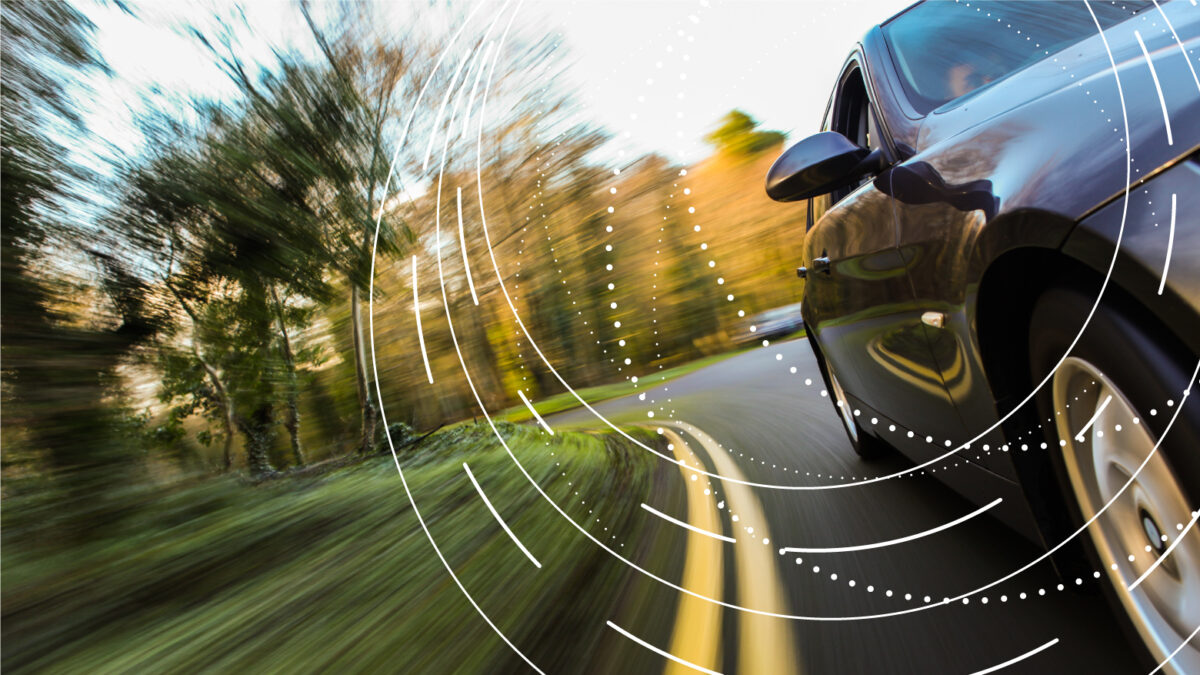The worldwide adoption of smartphones has transformed our expectations around technology. It’s not enough to simply address an unmet need – we also want the solution to be personalised, immediate and easy to use. If a technology is not all of those things, we will not use it.
One of the best ways to extend the success of smartphones to the automotive industry is to create a very similar—and therefore familiar—experience in the infotainment system. First steps in that direction have included Apple CarPlay and Android Auto, but those interfaces require a smartphone to operate—typically in a bolt-on fashion—and typically offer limited functionality, such as navigating, playing music and making phone calls.
Once the software-defined platform is in place, automakers can grow an ecosystem with it, meaning they and their partners can develop apps for the vehicle in much the same way that an ecosystem of providers creates apps for smartphones
The next step in infotainment is to take such interfaces native. That is, vehicle manufacturers embed a version of the same operating system used in smartphones into their infotainment systems. This sounds simple, but it represents a fundamental change in the way users interact with their vehicles. With this approach, you do not need a phone in the vehicle in order to get the benefits of a phone. The vehicle’s infotainment system becomes just one of the devices in your account, like a phone or a tablet or a PC. All of your music carries over from the cloud, as well as your frequent destinations and your contacts. What’s more, the traditional smartphone functions can be integrated with traditional vehicle user-experience control functions. One interface manages and prioritises all of the audio in the vehicle—from the radio tuner and phone calls to audio warnings and notifications. The same interface allows climate control and provides information about vehicle health.
This is starting to happen today. For example, Aptiv worked with Volvo to implement Android Automotive natively on the Polestar 2, which debuted this summer, and the upcoming electric XC40. What happens next is where things get really interesting. Once the software-defined platform is in place, automakers can grow an ecosystem with it, meaning they and their partners can develop apps for the vehicle in much the same way that an ecosystem of providers creates apps for smartphones. Just as Apple started a renaissance in development and creativity by allowing third parties to make apps for iTunes, so will OEMs benefit from opening their platforms to the creativity of their partners.
By taking the work done in the smartphone industry and building on it, we can create a digital hub for the connected vehicle that is extremely powerful
Those apps will be able to receive frequent and automatic over-the-air updates, just as users are accustomed to seeing on their smartphones. Users will benefit from always having access to the latest functionality and the most secure software possible.
Emerging technologies will only make this system more powerful. As 5G wireless technology expands, new apps on the platform can take advantage of the high-speed connectivity to provide services in near real-time, merging on-board capabilities with off-board capabilities in the cloud. Smartphones have taught us that the possibilities of this kind of approach are only limited by the imagination. By taking the work done in the smartphone industry and building on it, we can create a digital hub for the connected vehicle that is extremely powerful.
The opinions expressed here are those of the author and do not necessarily reflect the positions of Automotive World Ltd.
Alwin Bakkenes is Vice President, AS&UX Global Product Lines, at Aptiv
The Automotive World Comment column is open to automotive industry decision makers and influencers. If you would like to contribute a Comment article, please contact editorial@automotiveworld.com



